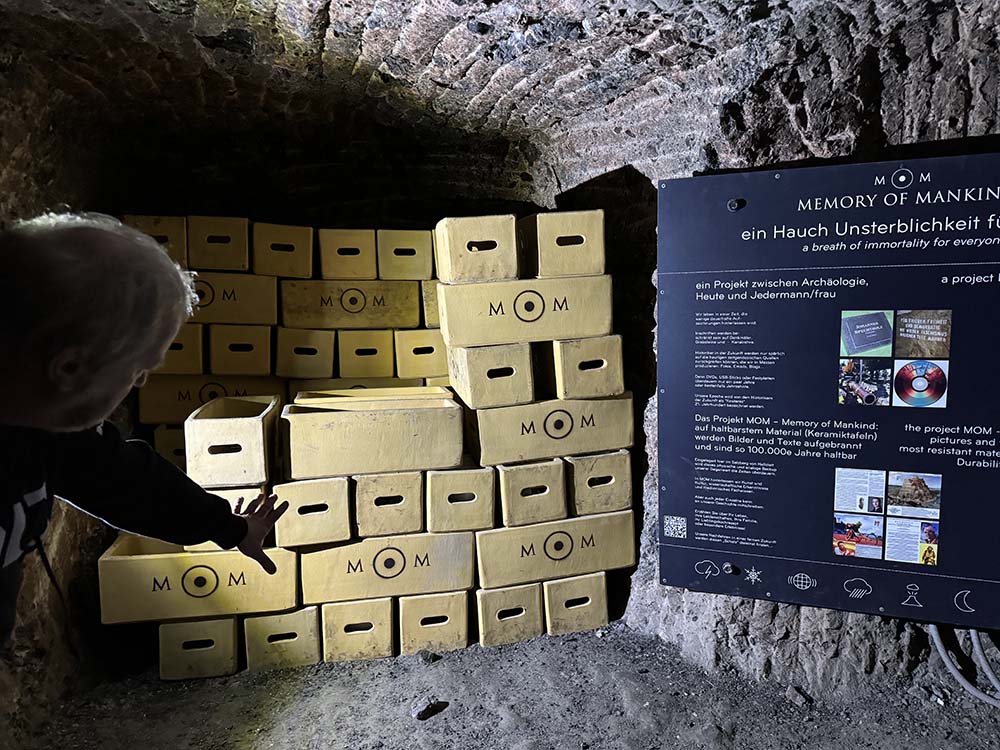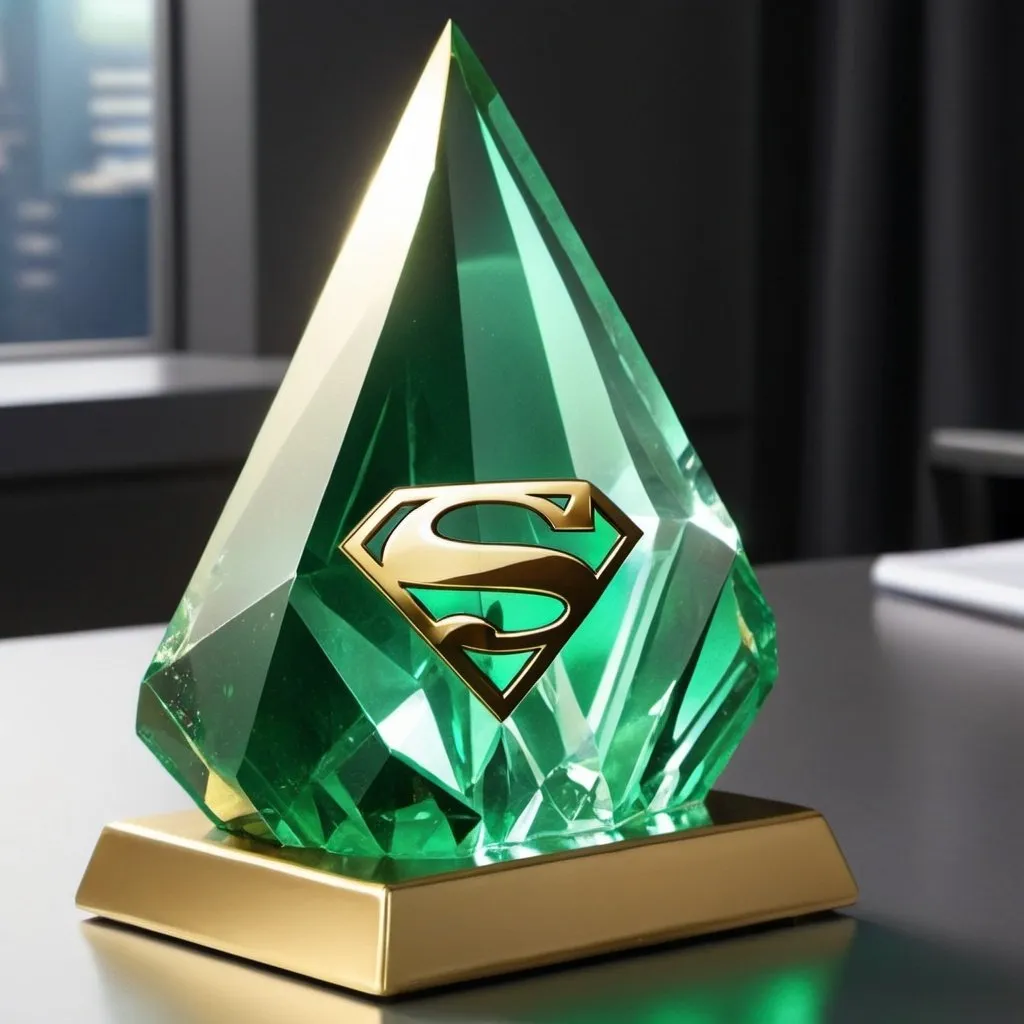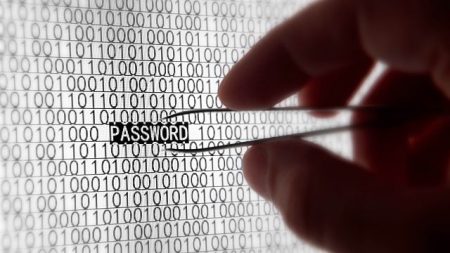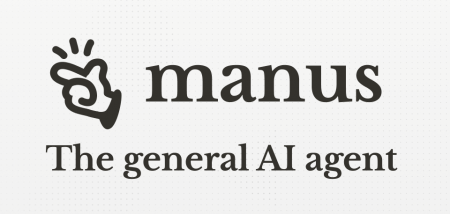The Kryptonian crystal with the human genome on it is all set to be stored in The Memory Of Mankind vault which is deep within the abandoned Hallstatt salt mine in Germany.
DC comic fans would probably already be aware of the Kryptonian memory crystals that debuted in the 1966 Action Comics and have been a major part of the Superman storyline ever since. Used to store information, videos, memories, and entire minds, Lex Luther even used one to grow a continent in the recent Superman Returns movie.
Known for their special powers, durability, and indestructible nature, the contents of a Kryptonian memory crystal can be displayed via a hologram. Since Kryptonian crystals come from planet Krypton, they’re technically considered Kryptonite and create quite an “unhealthy” environment for the Man of Steel here on planet Earth. A lesser known fact, however, is that researchers recently turned this fictional technology into reality by developing what’s being called a “Superman memory crystal.”
Superman Memory Crystals
About a decade ago, a team of researchers led by Professor Peter Kazansky from the Optoelectronics Research Centre at the University of Southampton, developed a 5D memory crystal that was dubbed the “Superman memory crystal.” This coin-sized, near-indestructible 5D memory crystal is made out of a completely new type of material that was synthesized in order for it to mimic the properties of fused quartz.
Fused quartz is a type of glass that’s made up almost entirely of pure silica (SiO2) or Silicon Dioxide. It also happens to be one of the most stable substances known to man, able to withstand immense pressures and extreme temperatures without decomposing or sustaining any significant damage. According to the Guinness Book of World Records, a decade later it remains “the most durable data storage material on the planet.”
These tiny glass discs that look nothing like Kryptonian crystals (unfortunately), can store about 360,000 terabytes of data, each. According to CNN, that’s approximately the equivalent of the storage on 22,500 iPhones. They achieve this by encoding information into the fused-quartz-like material in the form of 5 dimensional nanostructures. The 5 dimensions here refer to length, width, height, position, and orientation.
The 5D memory crystal consists of a stack of millions of these 5 dimensional nodes, each one measuring about 0.0000008 inches wide and not visible to the human eye. The encoding is done with sophisticated lasers that carve out information on each of these 5D nanostructures. While height, width, and length are spatial coordinates, position and orientation are referred to as the optical dimensions of the crystals by the researchers.
Immortalizing the human genome
Now if you had an “immortal” memory crystal, what would you store on it? GTA VI comes to mind but we’re still waiting for it unfortunately. So far, scientists have used these 5D memory crystals to store the Universal Declaration of Human Rights (UDHR), Isaac Asimov’s “Foundation” trilogy, Newton’s Opticks, the Magna Carta and the Kings James Bible. More recently, however, researchers were successful in encoding the blueprint of humanity, or in other words, the human genome, on a Superman memory crystal.
The human genome consists of about 3.1 billion base pairs and typically requires about 3 gigabytes of data, making a 360,000 terabyte memory crystal sound a bit like overkill. That being said however, the idea here is to immortalize the blueprint for humanity in case we don’t make it.
That’s right, the idea behind printing our genome on a Superman crystal that can withstand temperatures from below freezing all the way up to 1000 C (1800 F) and 10 tons of pressure per square centimeter, is that if “someone” finds it after we’re gone, they can “make us” again. While some people believe that if an advanced race or species of aliens were to come across the crystal they would probably have the technology to be able to recreate us, others are not so sure.
The arguments mostly revolve around this fictional alien race that either would not be able to read the crystals, or be able to read them but have no idea what they were for. Additionally, technology isn’t always “backward compatible” and Thomas Heinis a DNA specialist at the Imperial College London cites how hard it is to get a 10 year old i-Pod to work as an example of how much technology changes.
The Memory of Mankind

The Kryptonian crystal with the human genome on it is all set to be stored in “the memory of mankind” vault which is deep within the abandoned Hallstatt salt mine in Germany. The Memory of Mankind (MOM) project is quite interesting in their use of ceramics to store information. They believe our shift to digital literature is quite dangerous in the long run since we may lose our immediate history as technology progresses, leading to what’s being referred to as “Global Alzheimer’s.” That’s why almost everything stored in the MOM vault is carved out of rock or ceramic.
The Kryptonian crystals however, have immense potential to store everything from the genomes of endangered plants and animals that could possibly be restored one day if our technology develops enough.
In case you missed:
- CDs are making a comeback, on a petabyte-scale capacity!
- Neuralink Blindsight and Gennaris Bionic eye, the future of ophthalmology?
- This computer uses human brain cells and runs on Dopamine!
- Scientists establish two-way Lucid Dream communication!
- Lab-Grown Brain Thinks It’s a Butterfly: Proof We’re in a Simulation?
- Researchers develop solar cells to charge phones through their screens
- These AI powered devices add smells to virtual worlds
- The Latest Breakthroughs in Quantum Computing
- Scientists gave a mushroom robotic legs and the results may frighten you
- Tiny robots made from human cells can heal wounds!











